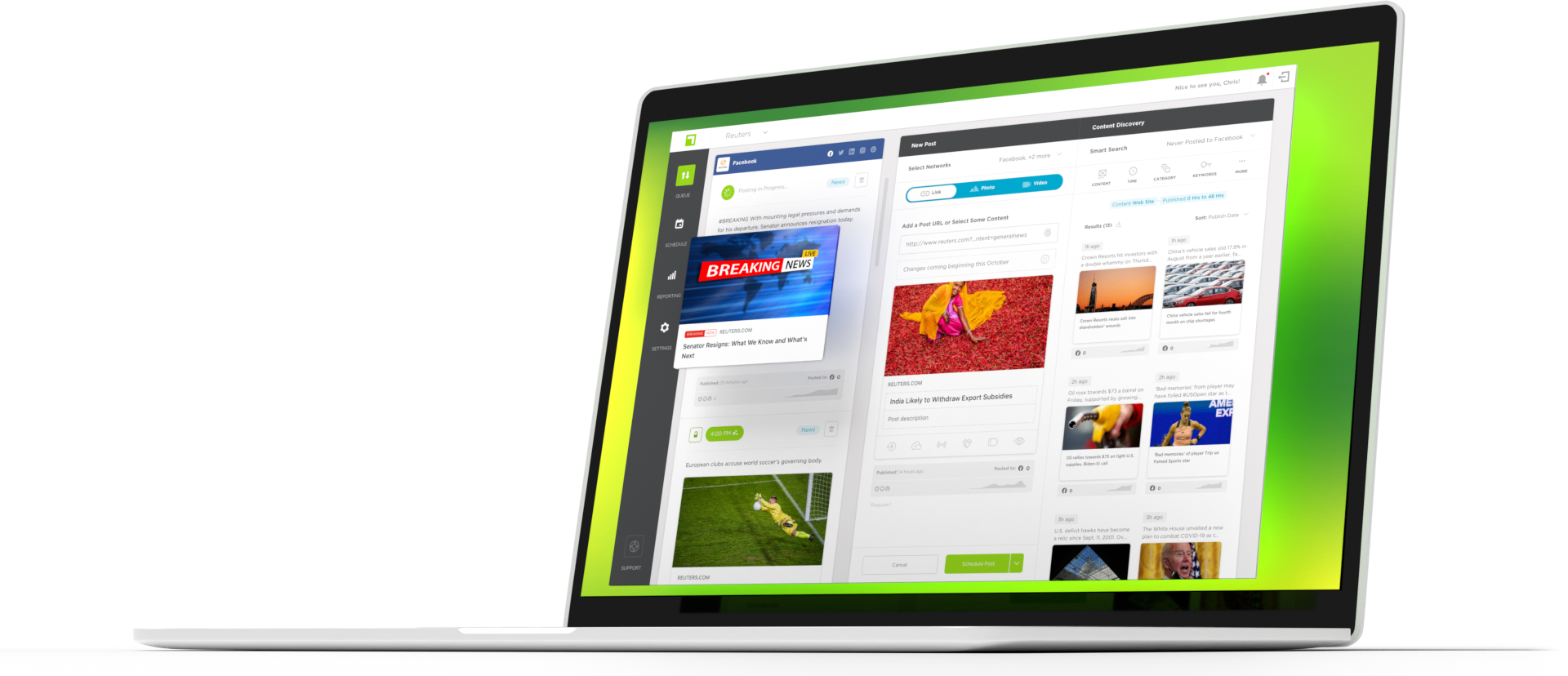Sean Magee is Director, Customer Strategy & Insights in True Anthem‘s San Francisco office, with several years of experience in the role of audience development. He helps Publishers employ platform-based content optimization, audience development strategies, and audience development measurements to drive revenue.
The role of Audience Development is growing in importance functioning as the bridge between editorial and marketing teams, tasked with strategically connecting with the right audiences to ensure business goals are achieved. We sat down with Magee to get an in-depth look into how Publishers can more effectively measure performance.
Once upon a time, Publishers measured the success of online media buys with one key metric: Cost-Per-Click (CPC). By this barometer, the most successful ad campaigns were simply those that garnered the most clicks at the lowest cost.
While some Publishers still consider CPC their Northstar metric, the question remains: can Publishers measure media buys more effectively?
Magee says yes. When you measure by clicks alone, you fail to account for repeat traffic and you fail to measure engagement. Publishers need to move away from CPC based methods of measuring performance and implement audience-centric methods of measurement.
How did you first come to see CPC as a problematic metric?
In doing audience development for a Publisher, we inevitably would run into the same question: What’s the real value of the audience, the tangible value of traffic received via media buying, and where does it live?
I worked for programmatic ad-based Publishers, so our revenue was derived almost exclusively through the value of the audience we drove to a website. During the initial phase, we found a lot of success relying heavily on the quantity of traffic sent, focusing on the higher amount of audience sent against the lowest CPC we could effectively drive.
This approach worked for a year or so before companies like Facebook changed their algorithms at the same time programmatic advertising got more dynamic, beginning to focus more heavily on the quality of each audience.
What strategies did you deploy in your role as an audience developer to measure beyond CPC?
We quickly shifted our focus to match that of Facebook and advertisers; we put our audience first. This served as our first step in breaking down how much value our audience represented at different stages of the funnel for the first time.
Primarily using Google Analytics 360, we analyzed the value of the audience by individual content layers. This was the first step we took to integrate a content marketing funnel within our digital publishing framework.
What unique audience targeting methods did you implement?
As we started with Facebook, our first step was to leverage the Facebook Pixel, in conjunction with specialized UTM URLs parameters to uncover primary drivers of performance. In doing so, we were able to build a strong data bridge that connected business objectives to online conversations among engaged users, and leverage our media buying accordingly to improve ROI.
What challenges did you run into trying to measure success beyond CPC?
Our most significant challenge was effectively monitoring user flow between distribution platforms. We identified multiple touchpoints between platforms like social and email, but connecting the dots was difficult. In other words, fully optimizing users’ experiences according to device type and platform was trying at times.
What challenges did you run into trying to reach audiences?
Similar to measuring success, accounting for multiple distribution avenues was the name of the game. An Instagram audience has a different interest level than a Pinterest audience, for example. As interest varied, it became difficult to effectively discern where the audience lived in the funnel – and therefore at what stage and on which platform to inject our content.
Did you measure metrics like email subscriptions differently than page views or clicks?
Yes. For instance, we learned that an email subscription represented one of the highest values we could earn through Facebook acquisition as this translated to a strong alternative distribution method.
Meanwhile, page views represented our strongest revenue drivers. We used page views as a base KPI for the majority of our distributional avenues because page views served as direct links to an on-site ad delivery (or non-delivery).
For us, a click represented the lowest value because it didn’t immediately correlate to a revenue metric like page views, nor did it pave the way to another effective distribution method like email subscriptions.
What success metrics should Audience Development teams be using as a primary KPI?
There is no one size fits all as each Publisher is going to have unique business objectives.
For example, we’re starting to see savvy Publishers, such as Wired, utilize Facebook ads to drive new audience acquisition via premium subscriptions and newsletter sign-ups. This strategy is effective because Publishers are able to enrich their first-party audience data and re-engage a newly acquired audience through organic tactics. The key to measuring success is to understand not only what content is driving optimal audience engagement but identifying which audience + content combinations deliver repeat engagements. Audience Developers should be looking at metrics like Page Views Per Visit “PV/V” to more effectively measure success.
Be sure to sign-up for our newsletter to get all your social media news!

